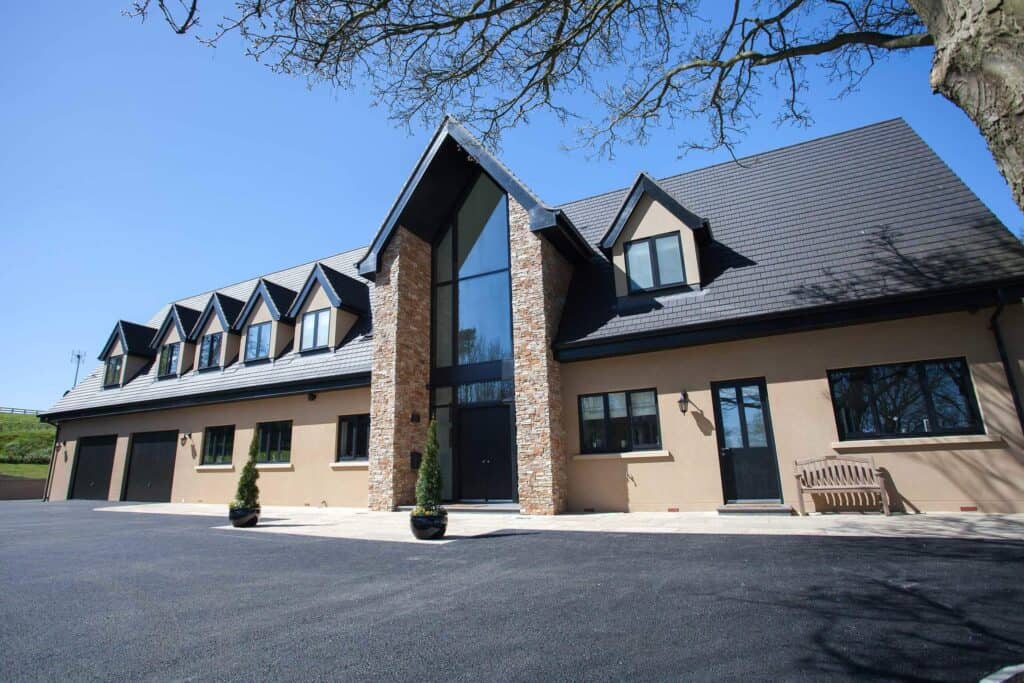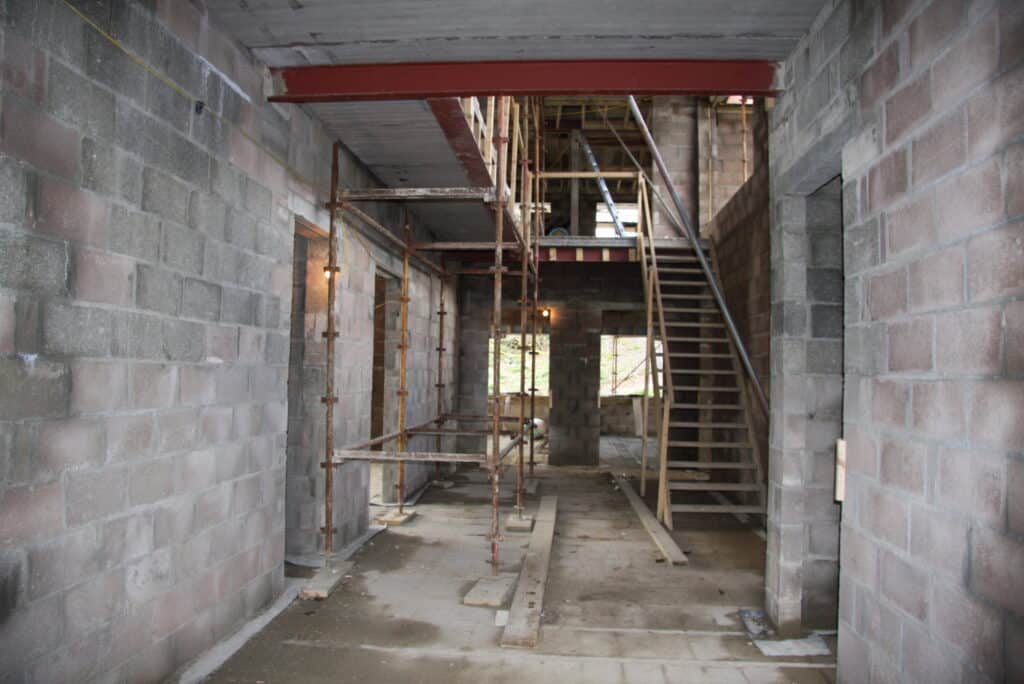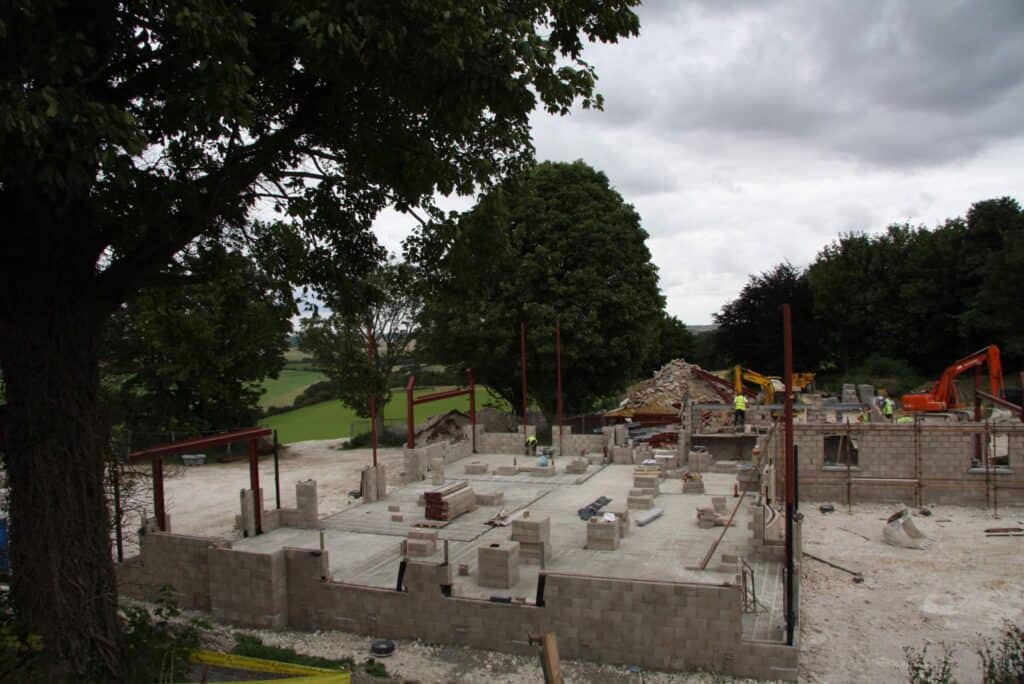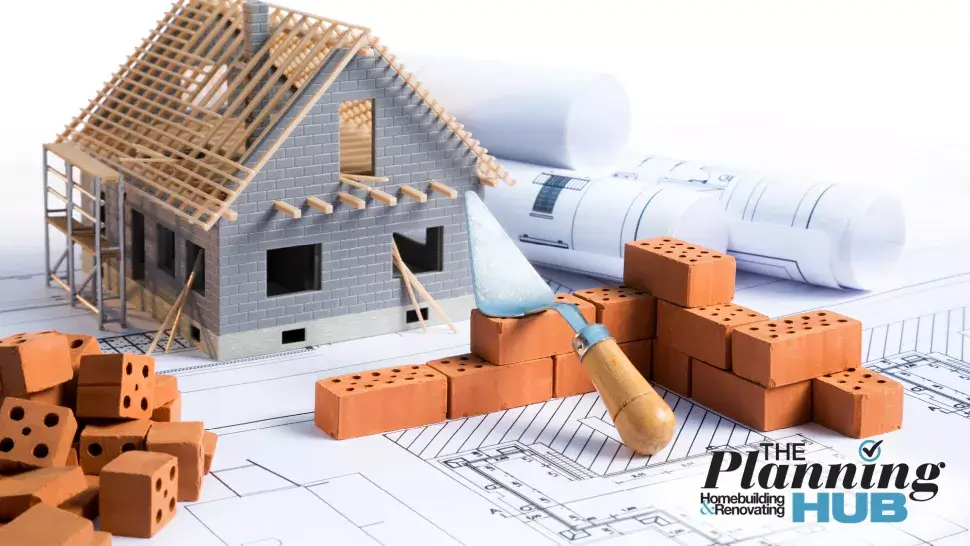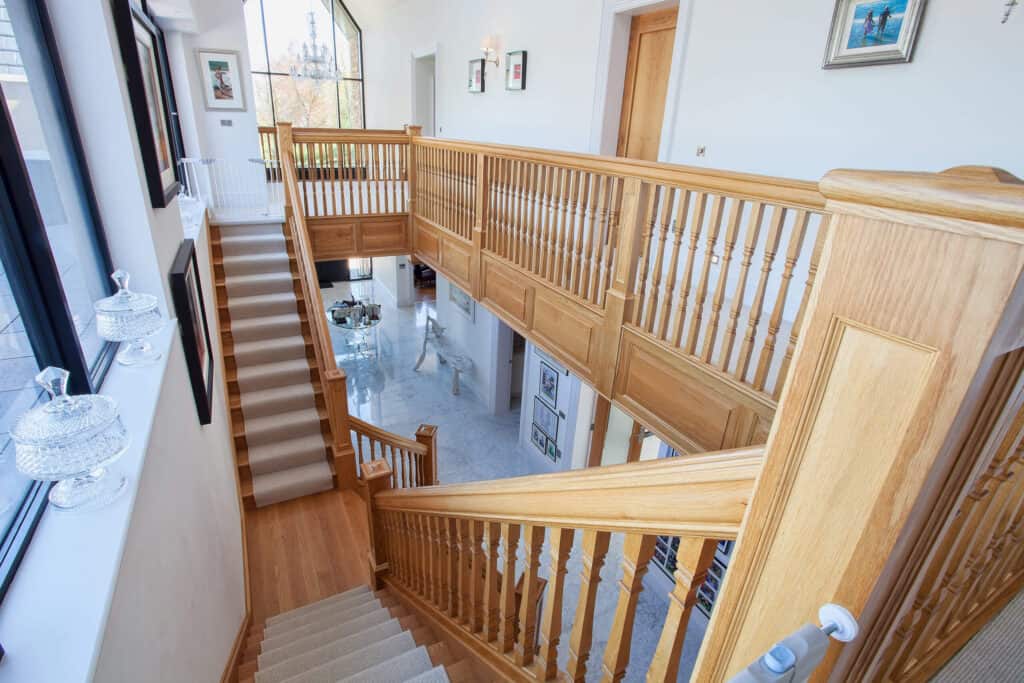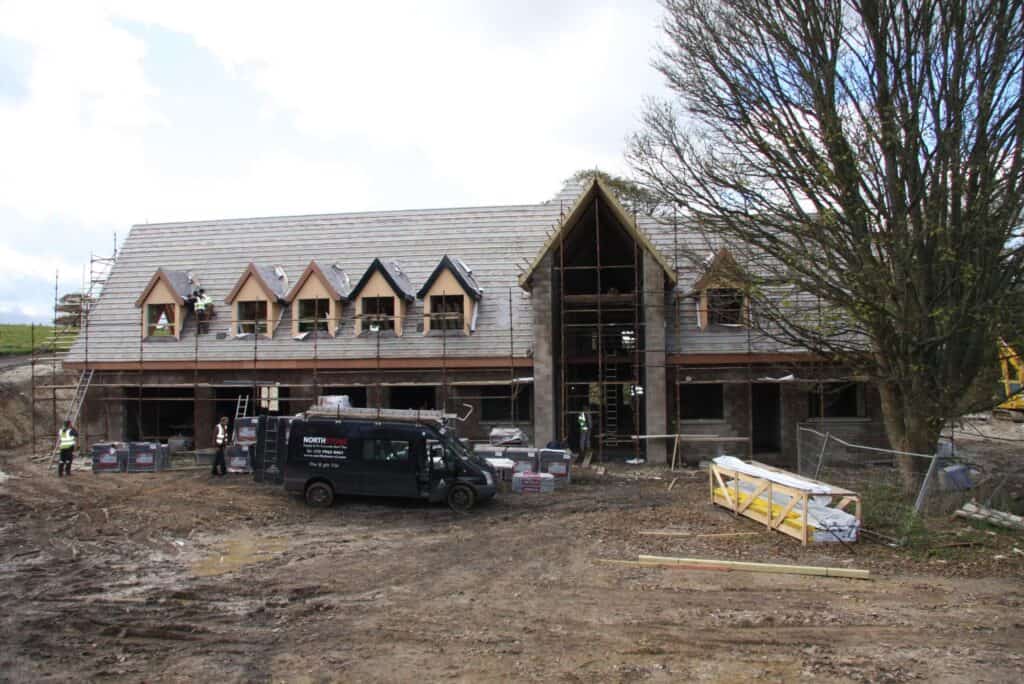New Build Architecture & Design
Whether you are looking to self-build your own home or are a property developer planning to build multiple houses, we can help you through the entire process. In all cases our approach remains the same, to create stunning high quality custom designed homes on time and to budget.
We offer a full residential architectural and interior design new build service from concept through to completion, taking the environment into consideration, our designs are elegant, liveable and personalised to suit the new owners needs.
Our years of experience in new build architecture, feasibility studies and planning mean each project is individually crafted in response to the client’s brief with a full understanding of the site, local and national planning policy and the planning system. This enables us to create exquisite homes whilst maximising the site’s full potential.
Every new build is unique and contains an individual set of requirements, regarding design, so your project will be supervised all the way through by a fully qualified residential architect. Building a strong bond between you, the client and the team of professionals working alongside you.
